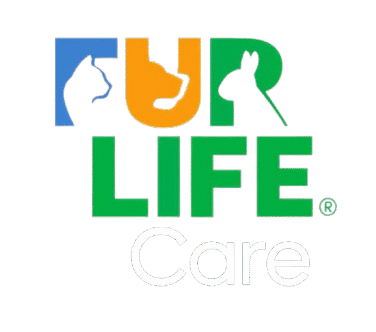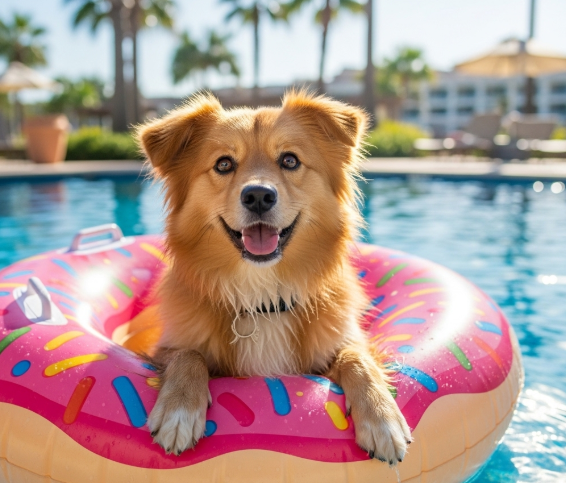
Summer is the perfect season for you and your dog to get outside and have fun. With longer days, there’s plenty of time for picnics, barbecues, beach or lake adventures, hiking, camping, and visits to the dog park.
But while you both enjoy the sunshine, it’s important to keep safety top of mind. Use these simple tips to help your dog stay cool, hydrated, and protected from overheating, burned paw pads, sunburn, and other summer hazards.
Keep Cool
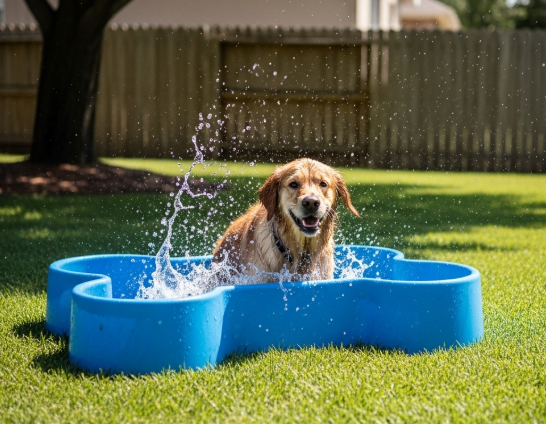
Never underestimate how quickly summer heat can affect your dog. What feels like a mild warm day to us can be overwhelming—and even dangerous—for dogs, especially those with thick or heavy fur. Never leave your dog in a parked car, as temperatures inside can skyrocket to deadly levels in just minutes, even when it feels cool outside.
When outdoors, always provide plenty of shade and fresh, cool water for your pup. Setting up kiddie pools or dog-friendly swimming pools in the backyard is a fantastic way for dogs to beat the heat—just remember to keep water shallow for small dogs and puppies, and never leave them unsupervised around any pool. Freshen the water regularly since stagnant water can cause illness if your dog drinks it.
If your dog loves to splash and play, consider a dog-friendly sprinkler to keep them cool and entertained. And when the temperature rises too much, it’s best to bring your dog indoors where air conditioning or fans can help regulate the temperature. Always ensure your dog has access to plenty of fresh drinking water to stay hydrated and healthy during those hot summer days.
Stay Hydrated
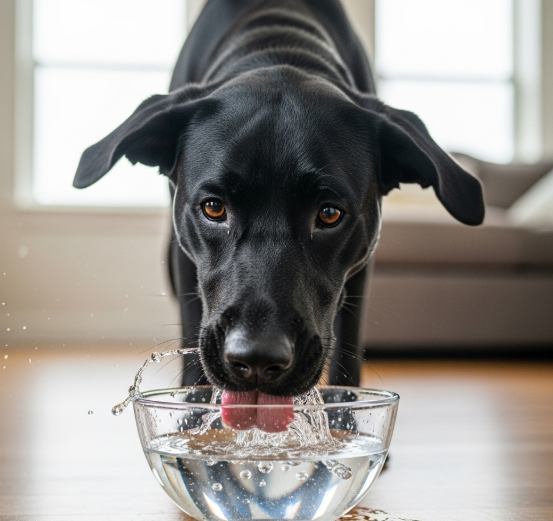
Whether indoors or outdoors, always make sure your dog has access to plenty of fresh water. To encourage them to drink more, try adding a splash of no-salt-added chicken broth (just be sure it’s free from onions and garlic) or toss a few ice cubes into their bowl to keep the water cool and refreshing. These simple tricks can help keep your pup hydrated, especially during warmer days.
Exercise at Dawn and Dusk

So, how hot is too hot for dogs? It’s best to avoid exercising your dog during the peak heat of the day when temperatures soar. Walking or running in the heat can put your pup at serious risk for heatstroke or heat exhaustion, and hot pavement can quickly burn their sensitive paw pads. To keep your dog safe, plan walks and outdoor activities for early morning or late evening when it’s cooler. During the hottest hours, opt for indoor play or refreshing water activities instead. Your dog will thank you!
Watch for Signs of Heatstroke
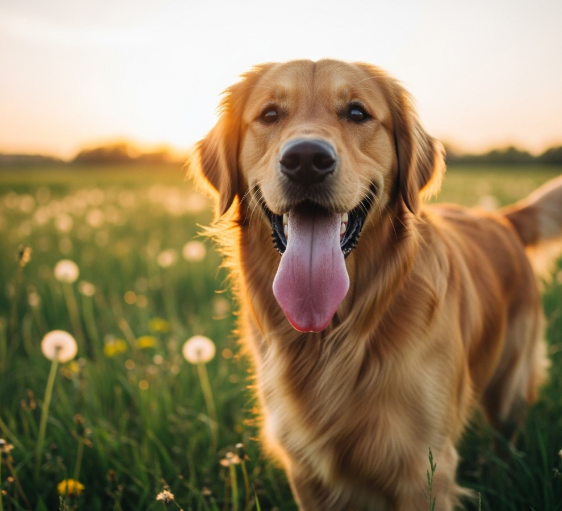
Heatstroke happens when a dog’s body temperature climbs to dangerous levels, and they can’t cool down on their own. Knowing the signs of heatstroke can help you act fast and possibly save your dog’s life. Heatstroke is a serious medical emergency. Watch out for symptoms like:
- Heavy, rapid panting
- Dark red gums or tongue
- Thick, sticky drool
- Tongue hanging far out of their mouth
- Lying down and seeming weak or dizzy
- Vomiting or diarrhea
- Tremors or seizures
- Collapse or loss of consciousness
If you think your dog is suffering from heatstroke, immediately move them to a cooler area with a fan or air conditioning. Offer cool (not cold) water to drink and gently pour cool water over their body—avoid submerging them. Use a fan to help speed up the cooling once they’re wet, and get your dog to a veterinarian right away. Quick action is crucial!
Provide Sun Protection
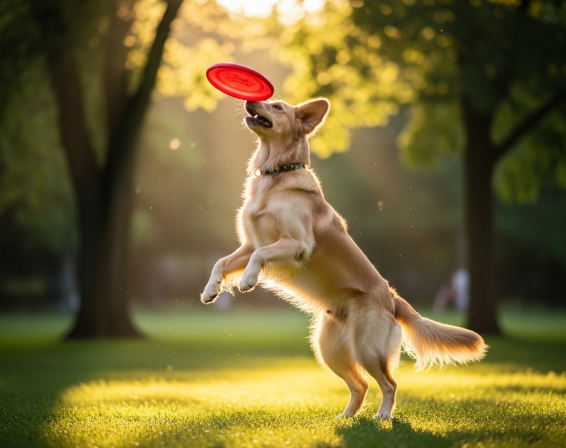
You might be surprised to know that dogs can get sunburned too, despite their fur. The most sensitive spots are usually the nose, ears, and face—areas where the fur is thinner or sparse. Dogs with white or very thin coats are especially prone to sunburn. To keep your pup safe, apply a dog-safe sunscreen before spending time outside, and be sure to reapply it as the product instructions recommend. Protecting their skin helps prevent painful burns and long-term damage.
Consider Water Safety
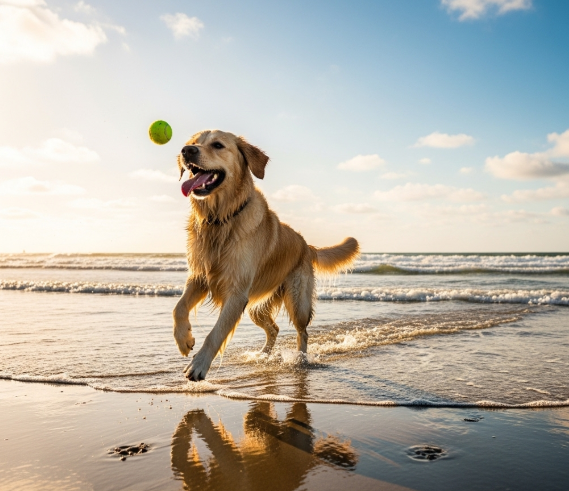
Most dogs can swim, but some breeds aren’t natural swimmers. Brachycephalic breeds like bulldogs, French bulldogs, and pugs often struggle in the water due to their body shape and breathing challenges. If your dog isn’t a strong swimmer, it’s a smart idea to use a dog life jacket whenever you’re at the pool, beach, lake, or out on a dog-friendly kayak.
When playing at the beach, keep a close eye on your pup to make sure they’re handling the waves well and not getting too tired. Dogs can get so caught up in the fun that they don’t want to take breaks, but exhaustion combined with strong waves or undertows can be dangerous.
Be sure your dog doesn’t drink too much ocean water, as salt toxicity can occur from ingesting excessive saltwater, which can make your dog seriously sick. Always bring fresh water for your dog and consider heading home if they keep drinking from the sea.
For backyard pools, teach your dog how to safely enter and exit—show them how to find the pool stairs or ramp. Avoid letting your dog drink pool water, since chlorine can upset their stomach. Never leave your dog unattended near a pool, and keep the area secure with a locked gate when you’re not around. Safety first!
Protect Paws
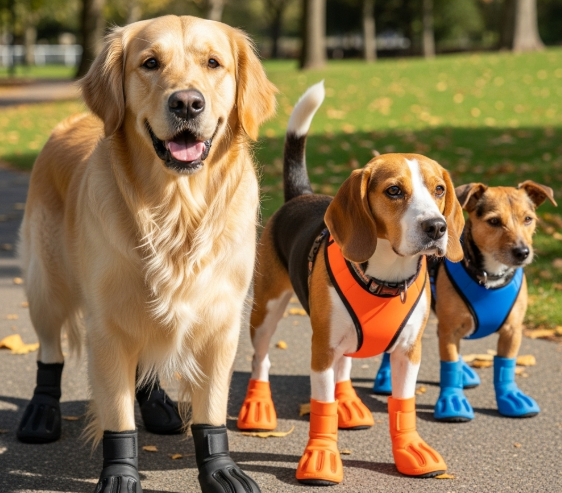
A dog’s paw pads are naturally tough, but they can still get burned by hot surfaces like pavement, cement, or sand. On scorching days, it’s best to take your dog for walks early in the morning or later in the evening, before the heat peaks. Before heading out, check the ground temperature with your hand or foot—if it feels too hot for you, it’s definitely too hot for your dog’s paws. If walking on hot surfaces can’t be avoided, consider using dog boots to protect their pads, and stick to shady routes whenever possible to keep them safe and comfortable.
